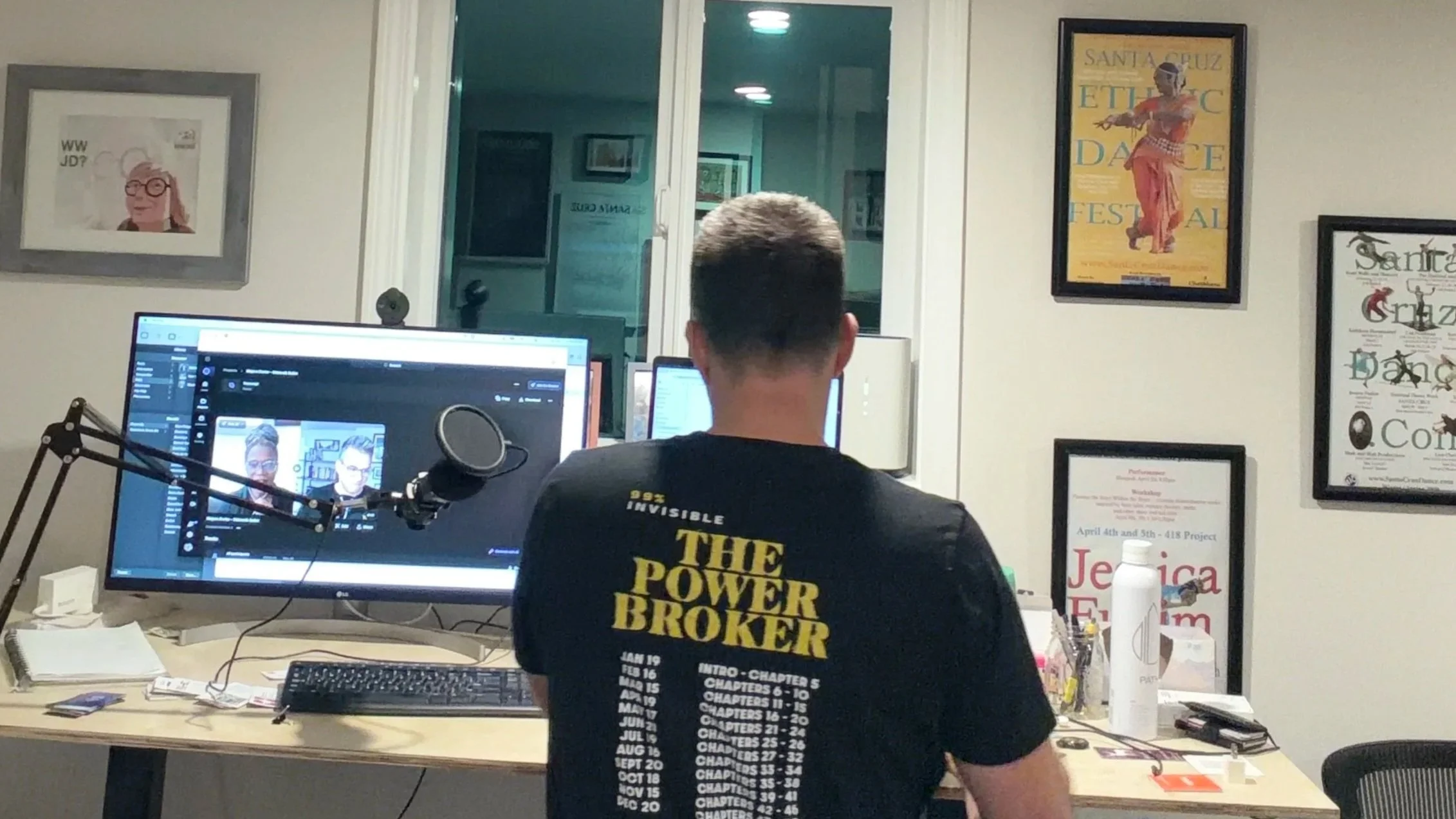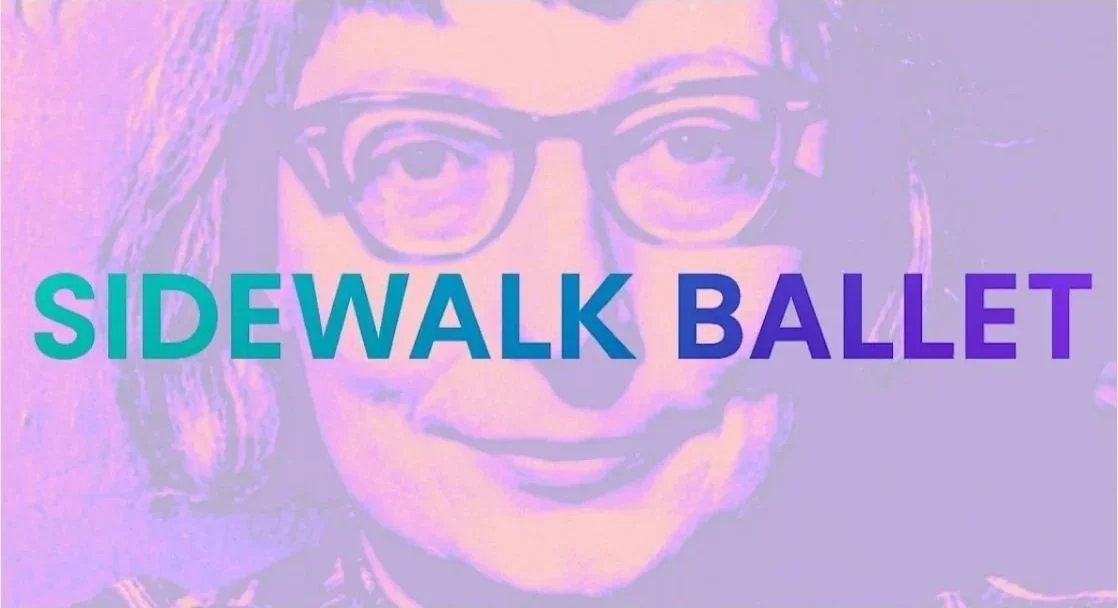Third Place - Still the Center of Community
This month Big Creative Consulting launched the Sidewalk Ballet, a podcast focused on placemaking and community building in cities.
We were very intentional about choosing our first guest for this ongoing conversion, and I have to say, I think we were spot on.
Karen Christensen is an author and publisher who is preparing to release what promises to be an essential addition to any city-builders reading list. As she recounts in episode one, Karen, over many years developed, first an admiration, then a friendship and ultimately a partnership with Ray Oldenberg, author of the ground breaking 1989 book, The Great Good Place, introducing the concept of Third Place.
In the aftermath of what was a truly delightful conversation, Karen has me thinking a lot about the role that Third Places play in building community. A lot has changed since Ray's introduction of the concept, including the collective understanding and interpretation what is, and what isn’t, a Third Place. Oldenburg asserts that it really depends on a number of variables that, simply put, align to support conversation and connection as a central focus. What has not changed, although one could argue has become more acute, is the importance of these Third Places in community. Local communities and global communities require us to engage with each other with empathy and familiarity, to build multidimensional relationships. To know our neighbors.
Karen’s upcoming release started as a collaboration with Ray before his passing in 2022 and now she has been charged with finishing the sequel - the update, if you will, bringing Ray’s concepts to the world of the digital commons, the escalated climate crisis, political polarization and a crisis of loneliness and isolation. Our conversation covered a lot of ground, but we’ve only begun to scratch the surface.
We’ve now released four episodes and recorded several more interviews to be released in the weeks to come. In every conversation, the topic of Third Place comes up.
Chip in conversation with Majora Carter for the Sidewalk Ballet
In Episode 2, Majora Carter joined me for an incredible conversation about strategic development in low-status communities. She talked about the importance of places like her Boogie Down Grind Café in Hunts Point—spaces that function as community living rooms where residents can connect with themselves and each other. It’s what she calls lifestyle infrastructure, a vital ingredient in talent retention and local economic growth. One of the most powerful points she made was about visibility: in neighborhoods long labeled—both from the outside and from within—as “less than,” a shared gathering place gives people a chance to see the full spectrum of who they are. It reveals the diversity, assets, and human resources that already exist, often hidden in plain sight.
We also talked with Tinisch Hollins and Gwen Brown of SF Black Wall Street about providing and supporting Black Spaces, like their 1921 lounge,
Episode 3 we welcomed Project for Public Spaces (PPS) Co Executive Director, Nate Storring as PPS celebrates its 50th anniversary this year. A lot of our conversation centered around the legacy of PPS at this important milestone, but we did get to geek out around the complexities of Place Governance, and the very tricky relationship between public space and private interests.
When you distill the ideas of The Great Good Place, They very much align with the core values of Big Creative Consulting, and the impetus for the Sidewalk Ballet. When people are able to come together in places that are well designed, thoughtfully programmed and collectively cared for, we are better as a people. That is a simple concept, but actualizing that vision today is not a simple task. It takes work and intention from a lot of people to remove barriers that keep us, and others from connecting.
What might inspire me most about the conversations we’re having is that each of our guests are doing that work in unique ways and we are all learning from each other how to be more effective, more intentional and more connected to our communities.
Questions for you and your team
Whether you run a small arts venue, an advocacy group, a downtown district, or a city or city department, taking a moment to reflect on the role Third Place plays in your work is time well spent. Here are a few thoughts to consider, maybe at a staff or board meeting, maybe just over coffee with a colleague.
Where does your community gather?
Not “the whole city” — your people. Your audiences, your stakeholders, your neighbors.
What spaces already function as Third Places for them?
What makes your Third Place feel welcoming?
Think of your own third place(s).
How did you come to belong there, and would someone new feel that same welcome today?
Which gathering places anchor belonging in your district/org—and how intentionally are they supported?
Is there a café, library, plaza, shop, or unofficial “living room” where connection happens?
Are you investing in it, programming around it, or assuming it will survive on its own?
What’s one small action we can take this month to strengthen a Third Place in our community?
Not a capital project.
A phone call, an invitation, a program tweak, a repair, a free pass, a small grant. Something doable.
Who is not being included—explicitly or implicitly—in the places where connection grows?
Who doesn’t show up?
Why?
What barriers (cultural, physical, economic, social) might be at play?
What’s the loss if this Third Place disappears?


